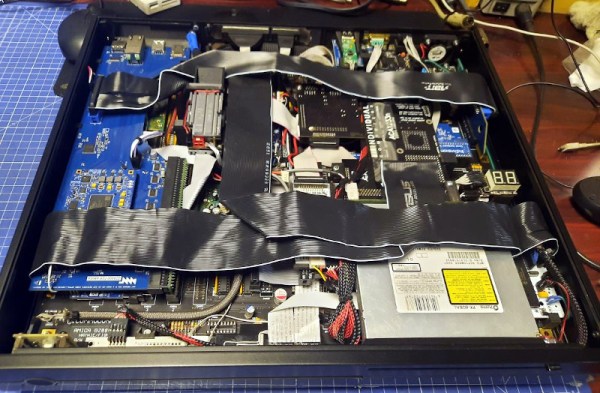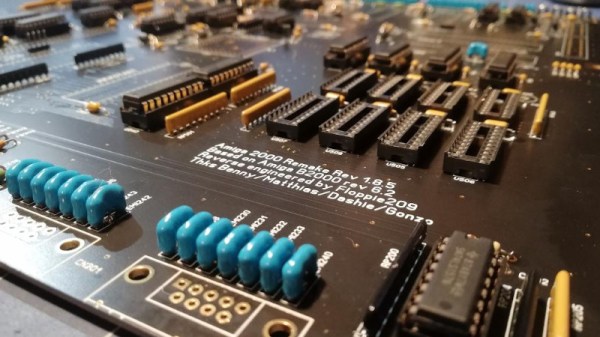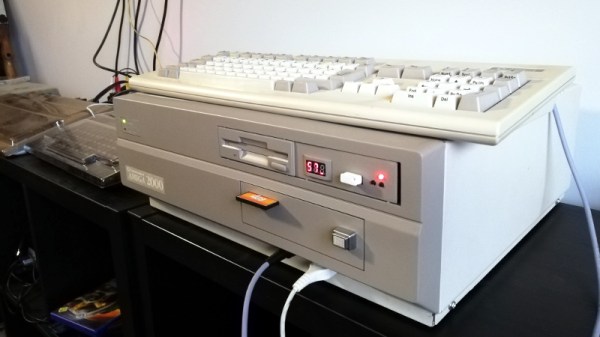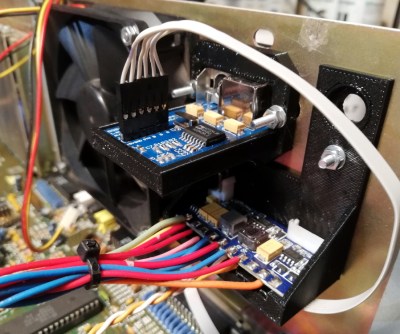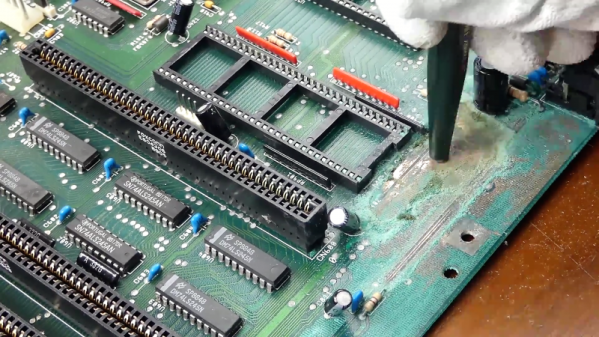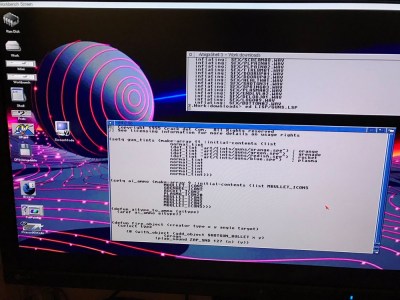Serena OS is not just another operating system—it’s a playground for hackers, tinkerers, and Amiga enthusiasts pushing vintage hardware to new limits. Born from modern design principles and featuring pervasive preemptive concurrency and multi-user support, [dplanitzer]’s Serena OS is far from ordinary.
Running on Amiga systems with a 68030 or better CPU, it challenges traditional OS concepts by ditching threads in favor of dispatch queues, akin to Apple’s Grand Central Dispatch. The result? A dynamic, flexible kernel that combines forward-thinking design with retro charm.
The real innovation in Serena is its kernel, which uses a virtual processor concept to manage system resources efficiently. Instead of threads, Serena dynamically adjusts a pool of virtual processors based on dispatch queue needs, ensuring tasks are executed with precision and speed. Interrupt handling is also unique: interrupts are converted into semaphore signals, allowing the code to handle these signals at its convenience without missing any, making hardware interactions more controlled, especially where timing is critical.
For Amiga enthusiasts already customizing their setups, Serena OS offers new possibilities. It shares some spirit with projects like AROS (Amiga Research Operating System) but adds its own twist with object-oriented design and cross-platform goals. Whether you’re developing software for your classic Amiga or exploring new hardware interfaces, Serena OS provides a robust and adaptable foundation.


